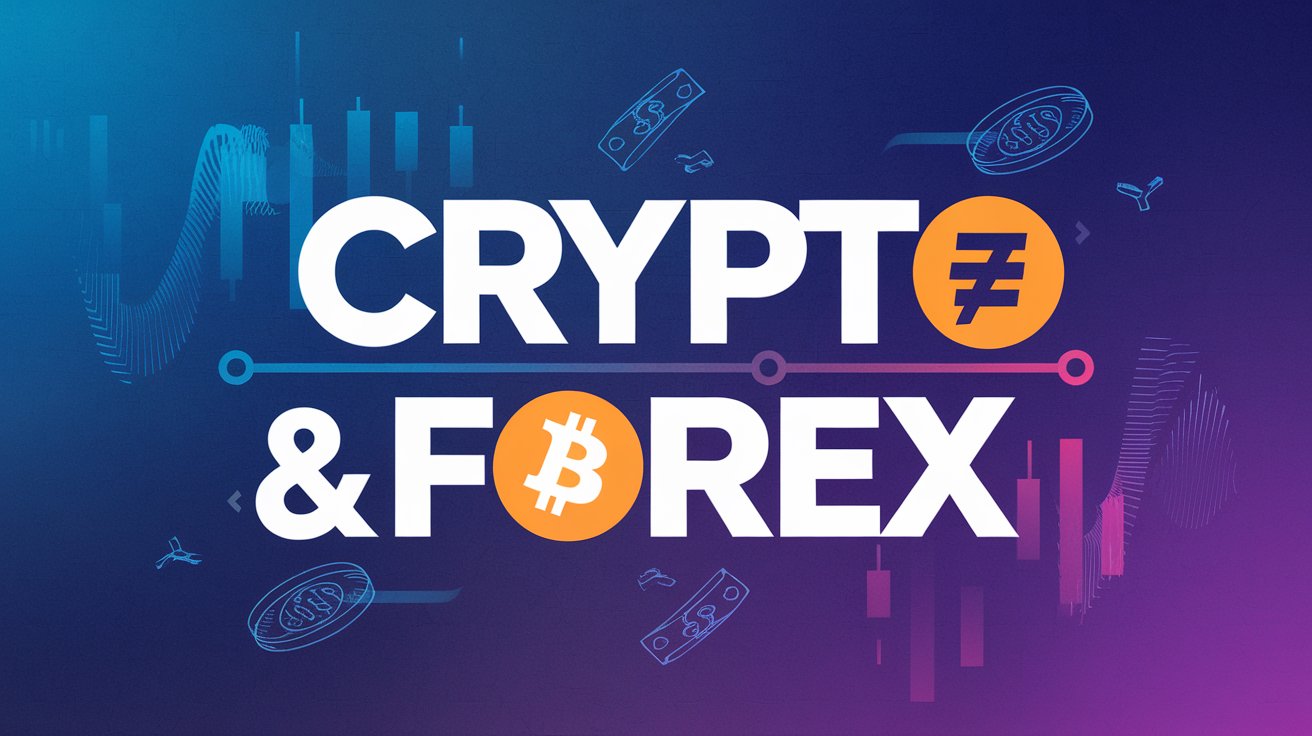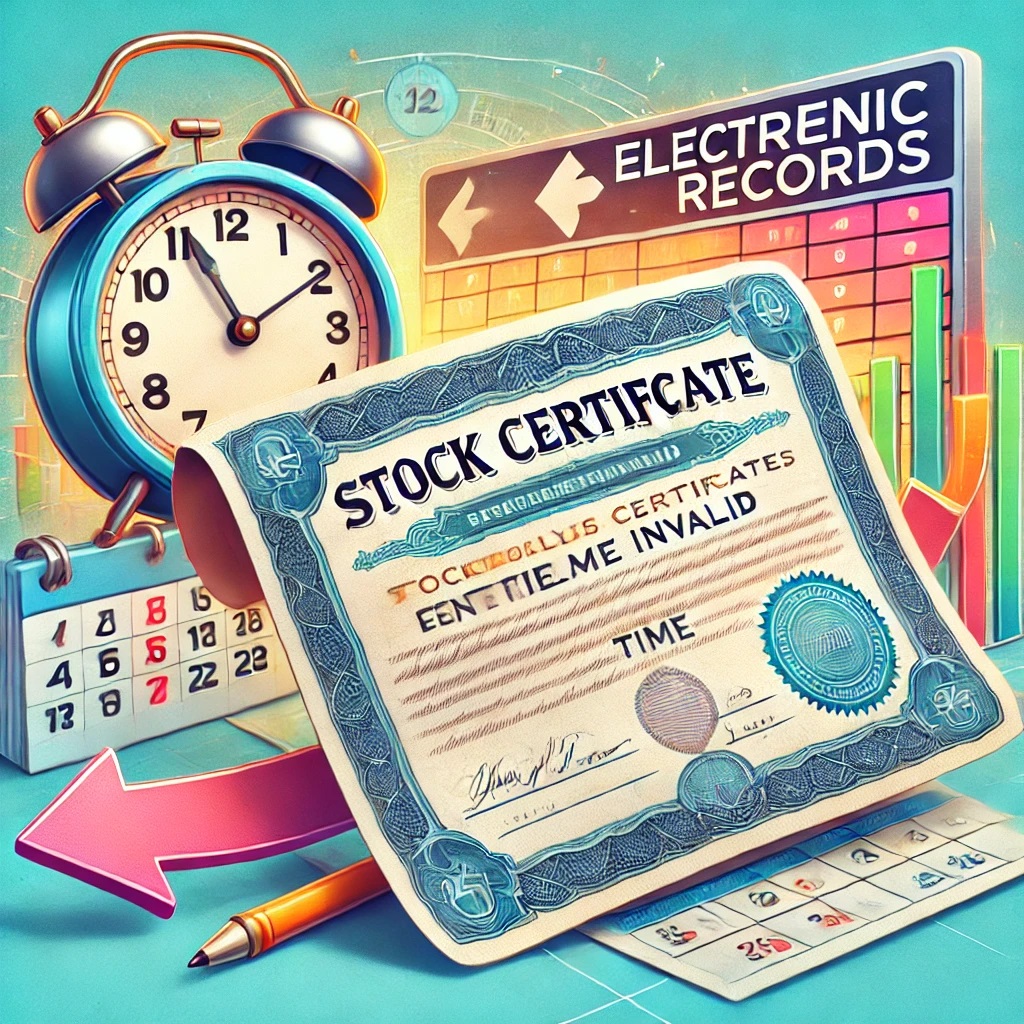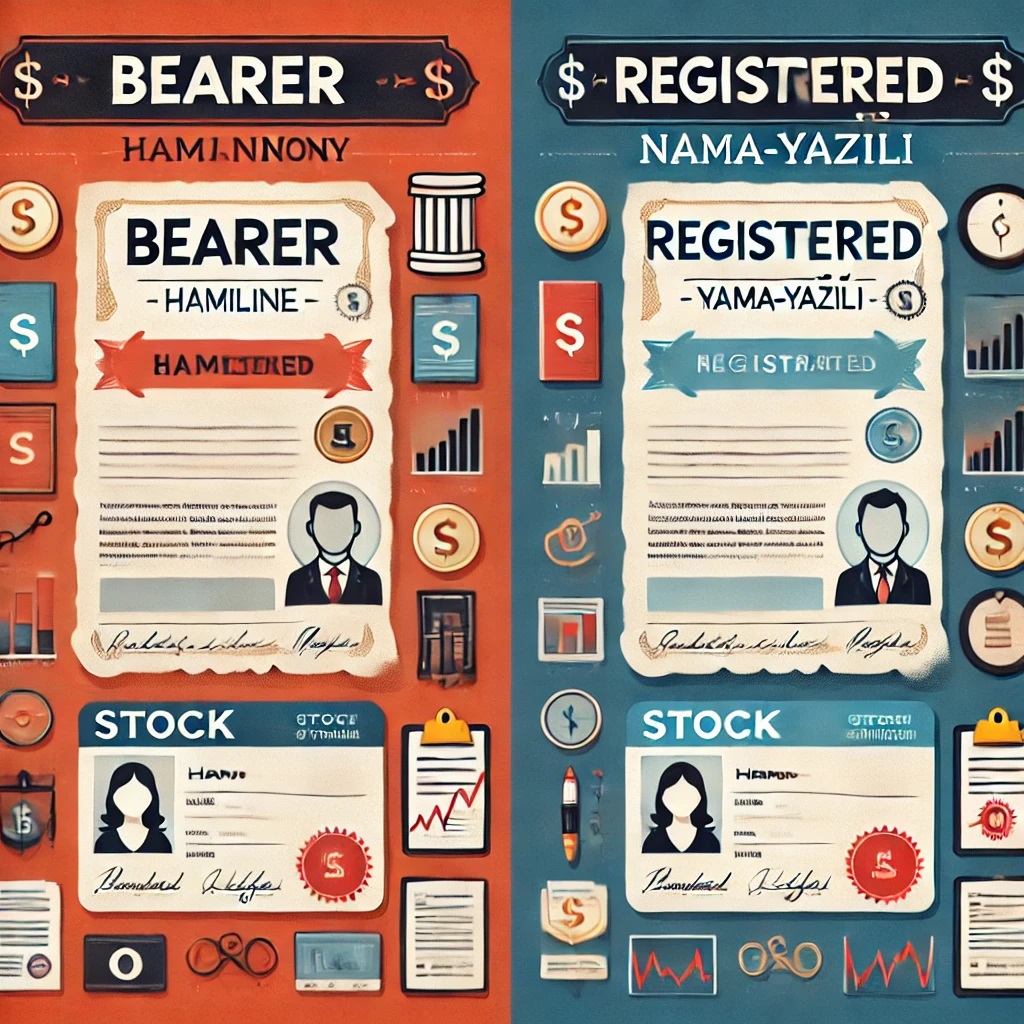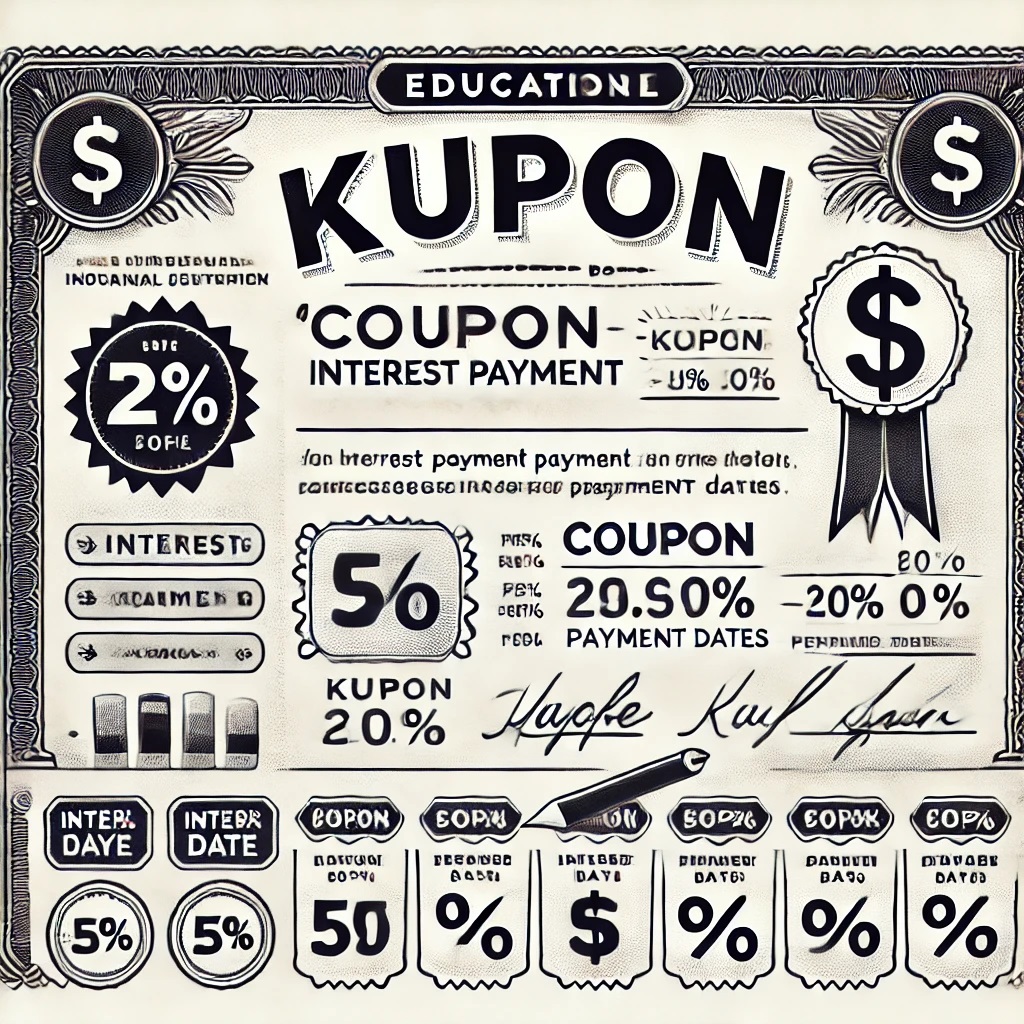An “Exchange Order” is an instruction given by a buyer or seller to an “Intermediary” to a person or organization to buy or sell for him/her on the Exchange.
This instruction may include the following:
- Buy or sell for me so many shares of this company’s stock.
If only these are mentioned, the “Stock Exchange Order” is an incomplete association. The most important point is forgotten:
- At what price?
Surrendering to the “Broker” with an incomplete order :is taking a huge risk. He may buy too expensive and sell too cheap, causing you to suffer losses. Because you bear the risk. The broker will get his commission anyway.
Always give your “price instruction” in your buy or sell order.
I will list below the “types of price instructions”. If these seem complicated to you, if you are at the beginning of the business, at least give a price order like this:
- Do not buy above this price.
- Do not sell below that price.
Let us now list the types of “price instructions”:
-Best price,
Here you are showing trust and giving responsibility to the Broker. During the session, your broker will determine the best price. You give your agreement from the beginning.
- Limited price
Don’t buy above this price, don’t buy below this price sell orders fall under this section.
- Opening Price / Initial Price
The opening price is the limit of the Broker for buying and selling.
- Closing Price
The closing price of the previous day is the limit for buying or selling. However, in some special cases, the closing price of that session may also be used as a target. In this case, for example, the price l5 minutes before the close may be the basis for trading until the actual closing price.
- At the discretion of the intermediary
In large volume trades, the buyer or seller gives discretion to the Broker. According to the development of prices and the supply and demand during the session, he/she may ask him/her to use his/her discretion and make a buying or selling decision at the price he/she will decide.
- Average Price
The previous average price can be set as the trading price.
- Approximate Price
Instead of determining the exact trading prices (limit prices), after setting limits for trading, orders can be placed to buy and sell when the price is close to (slightly below, slightly above) these limits.
- Stop registered order
When giving a limit price order to the broker, a stop record can be added to it. In the case of large buy and sell transactions, when rapid price fluctuations occur during the session, the person placing the buy or sell order may give a “Stop” order to the Broker. Buys and sells within the limit can be stopped to avoid losses.
- Linked orders
An order to sell the stocks of one company and buy the stocks of another company in the same session can be given to the Broker.
- It’s all or nothing
If a broker who wants to buy or sell a certain amount of stocks wants to buy or sell all of them in one session, he can place an “all or nothing” order. In this case, the intermediary cannot buy as much as it can find. It cannot sell as much as it can sell. Must buy and sell in a package.
- Alternate order
The buyer sets a two-digit Limit Price. And it gives an alternative for the amount of buying and selling. If the price is this, buy this much, if the price is that, buy this much.
- Cancellation order if not immediately applicable
Buyer or seller to the Agent for a specific session can place an order. The order cannot be executed in that session if the order is canceled.
- Order valid until canceled
Buyer or seller to an Intermediary for buying and selling until his instructions have been carried out (as he wishes until the purchase or sale is made at the price) to be valid. The intermediary buys at this price until he makes a sale.







